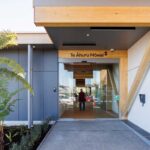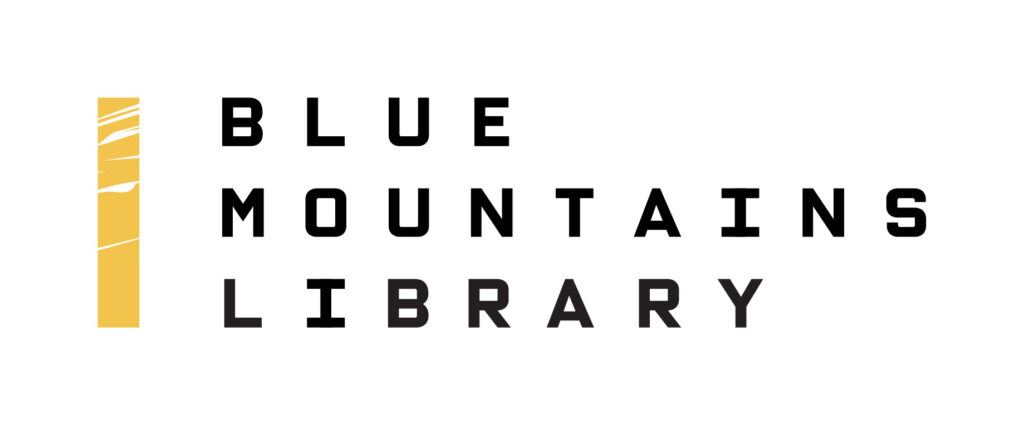Challenge
Increase access in truly remote areas and improve overall efficiency.
Solution
Upgrade entire system to RFID, install remoteLockers in mountainous areas, add selfCheck and smartShelf to library branches.
Result
A more connected community and more active library users.
Blue Mountains, Australia, is a fantastical land of glowing mountains, canyons, waterfalls, caves, grasslands, wetlands, and rare flora and fauna. Located a quick train ride from Sydney, it’s a UNESCO World Heritage Area dotted by 27 towns called home by 80,000 people. It contains one of the largest spans of protected bushland in Australia, and its sacred Aboriginal heritage is abundantly honoured and folded into everyday life.
Besides being an outdoor adventurer’s dream, Blue Mountains is a four-season destination filled with gourmet cuisine, local markets, upscale shopping, luxurious accommodations, and it attracts millions of visitors from around the globe every year. As if that wasn’t appealing enough, it’s also where you’ll find Katoomba Library, first on the list of the 14 Coolest Libraries to Visit in Australia.
Vicki Edmunds manages and directs the Blue Mountains Library system, comprised of the Katoomba Library and five other library branches spread across the region, from the most bustling to the most remote. She is an ardent fan of and devoted to the entire Blue Mountains area and the Blue Mountains City Council to support the community.
“I’ll explain where we are,” says Edmunds. “Blue Mountains City Council is a periphery council on the edge of Sydney, about a hundred kilometres from the centre of Sydney. And we call ourselves the Lungs of Sydney because of all the trees and the fresh air. We are positioned on a ridge line, on top of the mountains, and it’s probably about a hundred kilometers from end-to-end, with six libraries across the area.”
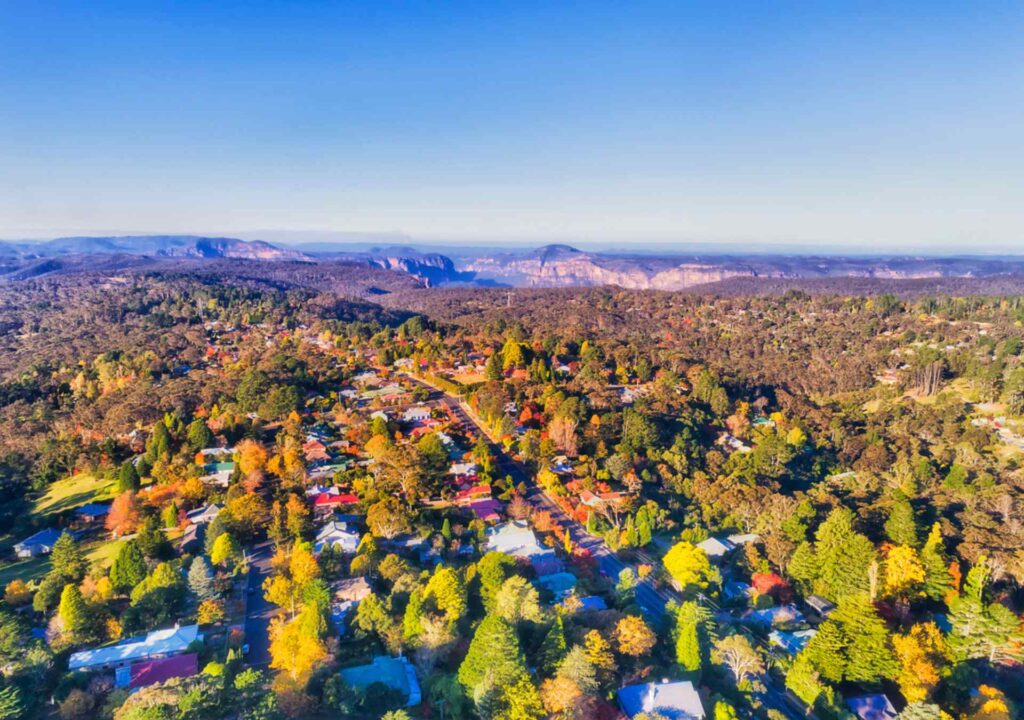
Blue Mountains Library system is comprised of remote pocket libraries (of only 80 square meters) and large, gorgeously renovated branches that buzz with activity from residents and tourists alike. Edmunds considers Katoomba their main tourist hub, and is well-versed in the habits of the locals, naming the small towns and their populations, and recounting where and how far they drive to get groceries and other daily sundries.
“Megalong Valley is a country community, and its residents will drive to Blackheath for some of their supplies, because there’s no supermarkets or corner shop down in Megalong, so they drive up to Blackheath, which has got a small supermarket and bottle shops and restaurants and pubs. Or, they’ll drive to Katoomba, because it’s a proper service town with supermarkets and lots of restaurants.”
“Katoomba is fantastic, that’s what I love about it. Every weekend is packed. Local people go shopping on Thursday night before the tourists arrive, and we leave the town to the tourists on the weekend.”

“I had a 10-year plan,” Edmunds says about her libraries. “Because we’re such a small council (we’ve only got 80,000 people in our local government area), our rate base is small, and we don’t have any major developments because of all of the bush. So, our rate base will not grow. I think we were the last library in the Sydney Metropolitan area to get RFID, and I did it through a grant.”
“In 2019 to ‘20, we had horrible bushfires go through and the federal government said, okay, here’s some grant funding to put some projects in place to provide resilience to your bushfire-affected communities.” Edmunds is referring to the bushfire season known as Black Summer, one of the worst in decades, spurring fires that raged for months and caused widespread destruction. In response to the tragedy, the Australian Government established the National Bushfire Recovery Agency and paired it with a fund of $2 billion to bolster recovery, reduce hazards, and mitigate risk in affected communities.
Knowing that converting the Blue Mountains Library collection to RFID would allow her to utilize further technology to vastly increase outreach and access for patrons, from the top of the mountains to the bottom, Edmunds wrote a grant requesting funding for her vision. Most crucially, it would allow her to provide resources during emergencies.
“During fires and disasters,” she says, “landlines go down, cellular coverage is unreliable, and even fails completely if fires take down cell towers.”
“We looked at that (grant) and thought, well, our bushfire-affected communities are Mount Wilson and Megalong Valley. Let’s get satellite wifi in place, because one thing that we got as feedback during the bushfires is that the communications failed, and that’s because they’re reliant on telecommunications that are connected on the ground. So, of course, as soon as that’s burnt, there’s no communications.”
“If we get RFID into the library,” Edmunds thought, “I can put library lockers in those community halls.”
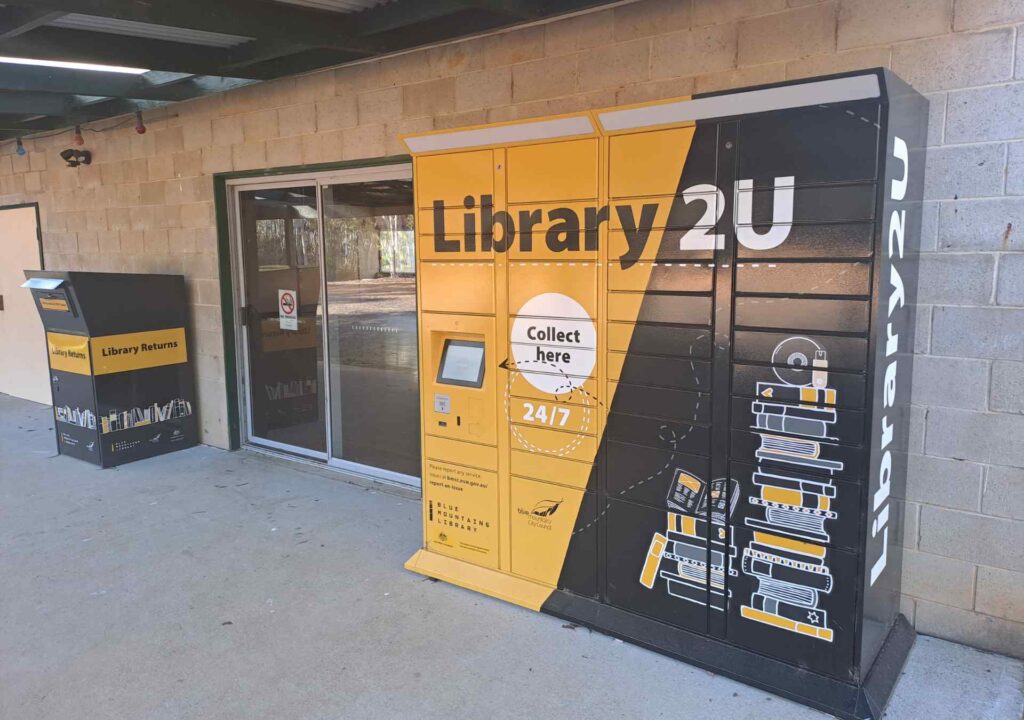
She knew that, during disasters, the Mount Wilson and Megalong Valley community halls became hubs, with residents converging to share information and help one another, with their generators to ensure that the halls stayed powered. “Because of that, the satellite wifi will stay active for them. We looked at all of that for the community, and they’re excited that they’ve now got this ongoing connectivity, which is great.”
She wrote a grant to revolutionize Blue Mountain Library processes and to increase the safety and connectedness of the community, and the grant was awarded. “And Bibliotheca were amazing,” she says. “They got quotes to me really quickly, because there was, of course, a short, short turnaround to put the grant in, and I said, I need quotes for this and this and this—for the RFID, and the lockers, and the self-checkouts, and the smart shelves.”
Edmunds and the Blue Mountains City Council worked to make the remoteLockers a reality, giving the community “…a tangible connection to Council, because that was another piece of feedback that we got: What did Council do for us? And here’s this lovely big book locker, where you can get books every month now, and so it’s a grand gesture for them, and they’re really responding well to it.”
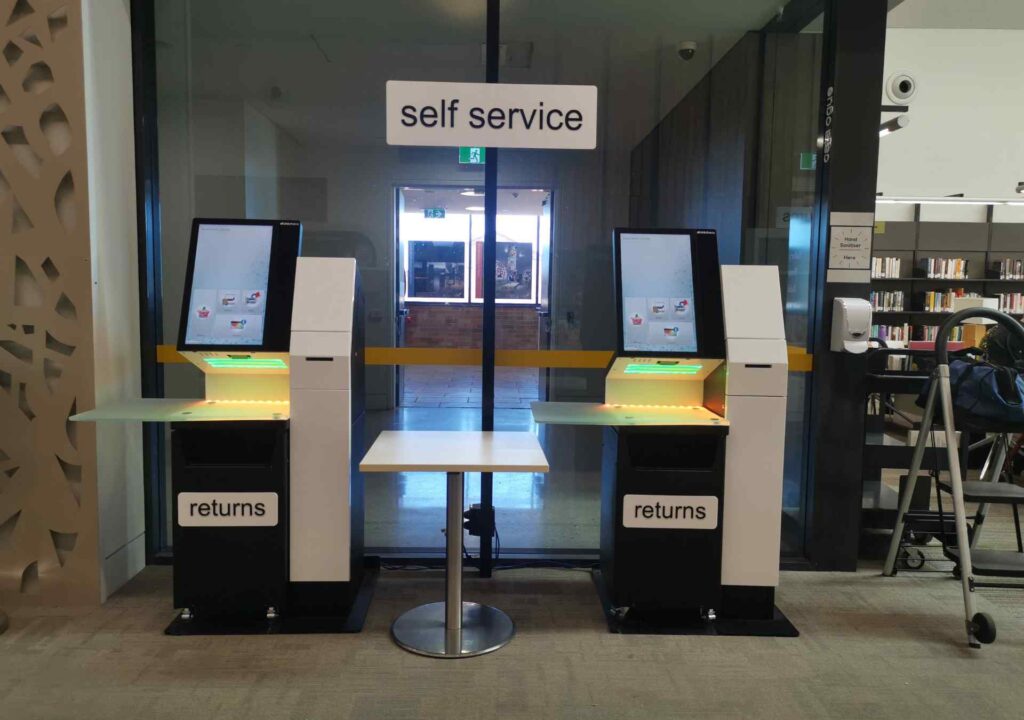
The first step was to convert the library collection of 90,000 items to RFID. “I let the staff lead that, branch by branch, and we probably took around three months,” Edmunds says. “We did the conversion in situ with library staff in six branches, and we also moved the conversion cart each time. All branch staff were trained in how to convert their collection to RFID; this was part of their RFID journey. We had a lead project person that would go into the branches and train them, and then leave them to do it at their own pace. Even I learned how to do it!”
Now that Blue Mountains Library utilizes RFID, taking inventory of the collection is much simpler. “Because with six library branches,” she says, “it used to take six years to do a stock take, because we’d do one library a year and we’d have to shut for the day to do it. But with RFID, we can do a stock take whenever we want. Take it once a month, now, because of RFID. And that’s one of the built-in KPIs for the library, to stock take them, because it’s a Council asset.”
Back at the community halls of Mount Wilson and Megalong Valley, the custom-wrapped remoteLockers with return bins were revealed during a recent celebration. Edmunds worked closely with fellow members of Blue Mountains City Council to facilitate the launch, which included the presence of and remarks by a well-known federal politician. Local residents attended the event, enjoyed cake and festivities, and signed up right then and there for library cards. They were excited, Edmunds shares, “…because of this connection to their local Council now. They really feel that Council has listened to them and are providing something.”

She is also happy with training as a whole from Bibliotheca. “They provided a person that trained us, and we then training the others. And that worked really well. Bibliotheca kept giving us a person to show us; every time we installed a new selfcheck, or smartshelves, or anything, he’d come out, he’d install it, and then he’d show everybody there how to use it.”
Edmunds says she would tell anybody looking to embark on a project like this, whether or not they had circumstances of environmental disaster, “It’s definitely worth it, and seeing the excitement from staff once they realise that everything works, and the community response to it is really good, too. So, my advice is: have your vision, and just keep plugging away.”
Ever looking to the future, Edmunds adds, “I’ve already told Bibliotheca that I want, for my little pocket libraries, those 80 square meter ones, I want to put in open+. It’s a perfect fit, so, that’s my next grant.”
Share This Library Story
You may also like
Insights + Trends
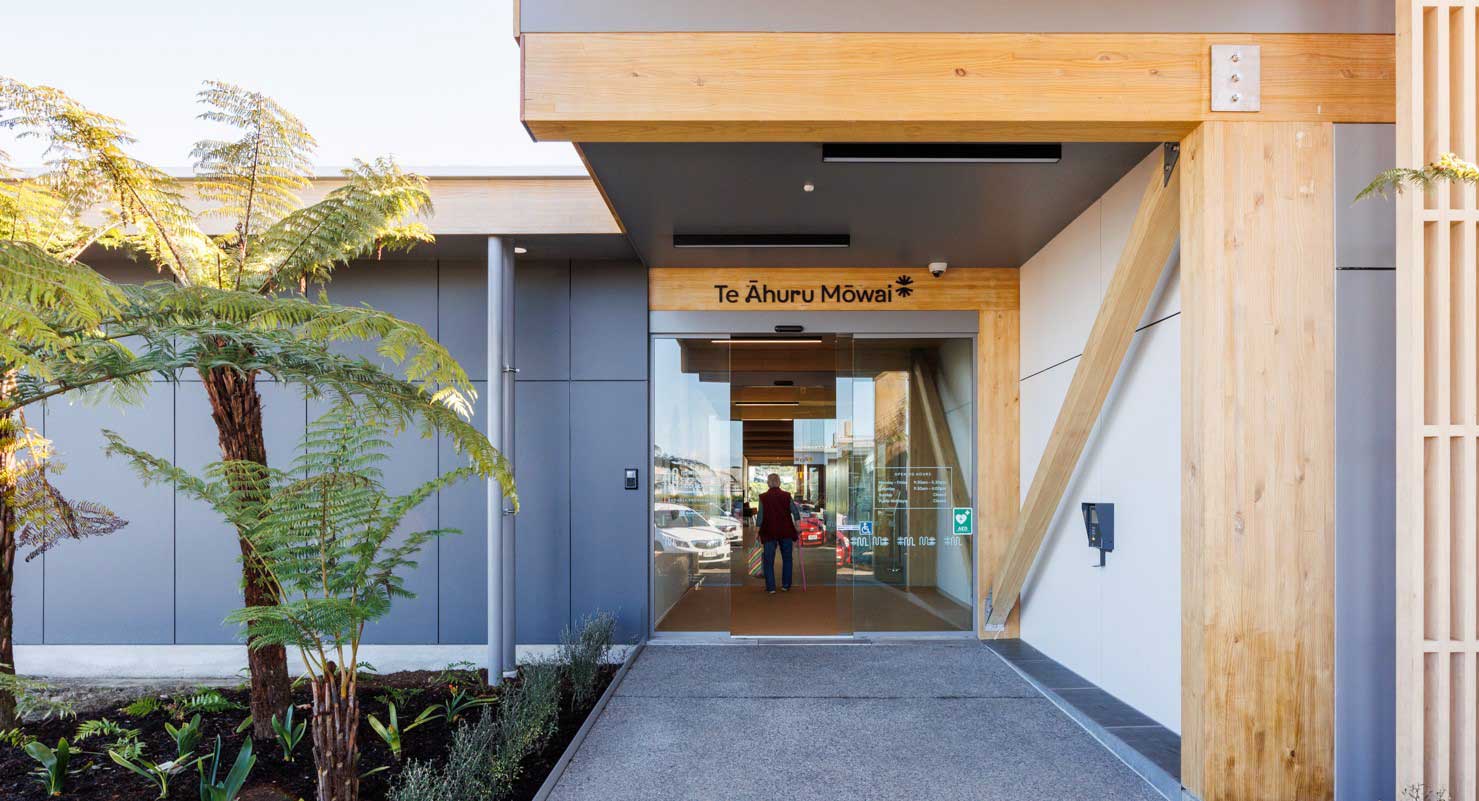
Groundbreaking access: open+ in Manawatū Community Hub Libraries, New Zealand
Extended library access that is highly-used and applauded by the community.

Seamless Innovation: How Bibliotheca Transformed Library Services at the University of Manchester
Bibliotheca’s innovative library solutions have seamlessly integrated into the University of Manchester’s systems, enhancing accessibility and improving student experience.

Self-service by the sea: selfCheck 500 in Kaipara District Libraries, New Zealand
Refresh a branch using modern library self-service technology, utilise selfCheck 500 to help the tiny library team streamline workflow
